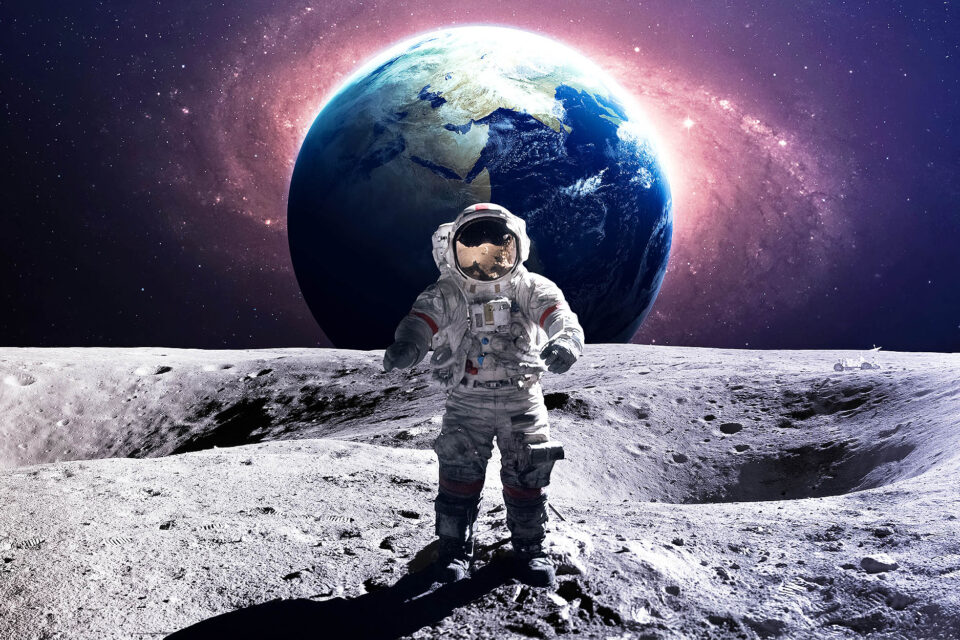
According to experts, long-term space missions are harming astronauts’ brains. Astronauts who spend a significant amount of time in space should allow their brains three years to recover from the changes caused by their missions. These are the findings of a recent study that looked at how the brain responds to gravity outside of Earth. It comes before what is expected to be a new era of long-term space travel, including the first Mars expeditions.
Long space missions cause enlarged ventricles
Researchers investigated the brain scans of up to 30 astronauts before and after their space journeys. They discovered that longer-than-six-month travels led to significantly enlarged brain ventricles, which could take up to three years to recover from. The ventricles are hollow regions in the brain that contain a fluid that cleanses, hydrates, and protects the brain. The fluid is normally spread throughout the body, but because there is no gravity in space, it is sometimes pulled upward, pushing the brain higher in the skull.
“We found that the more time people spent in space, the larger their ventricles became,” said Rachael Seidler, a professor of applied physiology and kinesiology at the University of Florida and an author of the study told the Independent.
“Many astronauts travel to space more than one time, and our study shows it takes about three years between flights for the ventricles to fully recover,” she said.
Eight of the thirty astronauts involved in the study had spent two weeks in space, 18 had completed six-month missions, and four had spent a full year in space. After two weeks, the brain had not changed substantially, and after six months, the changes appeared to have stopped. This is useful for those taking part in short journeys like those advocated by tourist ventures like SpaceX.
It may also be valuable for astronauts starting on long trips, such as those to Mars. The lack of changes between six and twelve months may also be good news for those long trips, but researchers have not yet examined people who have been gone for more than a year.
“We were happy to see that the changes don’t increase exponentially, considering we will eventually have people in space for longer periods,” said Professor Seidler.
